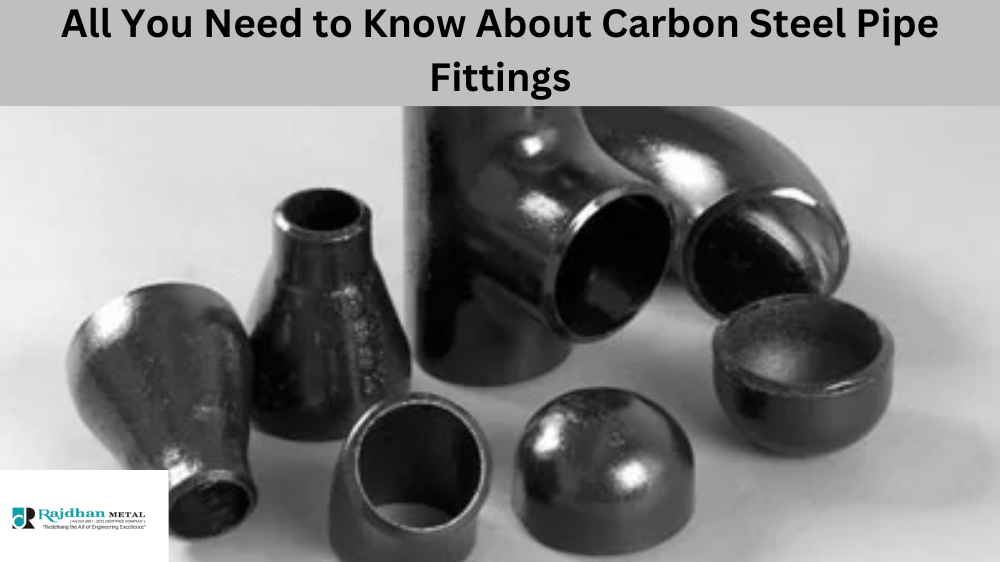The strength and integrity of piping systems within countless industries rely heavily on the fittings that secure and direct the flow of materials. Among the most dependable and widely used are Carbon Steel A105 Forged Fittings. In this comprehensive blog post, we’ll delve into what exactly A105 forged fittings are, their advantages, installation practices, maintenance, their stand against other materials, and the industries that rely on them.
What are Carbon Steel A105 Forged Fittings?
Forged fittings are integral components in piping systems, designed to connect straight pipe or tubing sections, adapt to different sizes or shapes, and regulate fluid flow. Specifically, Carbon Steel A105 forged fittings are crafted from forged carbon steel and conform to the ASTM A105 standard, which qualifies them for high-temperature and high-pressure systems.
Common types of A105 forged fittings include elbows, tees, couplings, unions, bushings, and nipples. These are available in various designs, such as socket welds and threaded joints, catering to different piping architecture requirements.
Benefits of Carbon Steel A105 Forged Fittings
The carbon steel A105 forged fittings offer a set of compelling advantages underlining their robustness and utility:
High Strength and Durability: These fittings are manufactured through the forging process, which inherently strengthens the steel, enhancing its structural integrity and extending its lifespan under even the most demanding conditions.
Resistance to Corrosion: With a resilient composition, A105 forged fittings resist wear and tear in various environments, reducing the risk of leaks and maintenance needs.
Wide Range of Applications: Their versatile nature makes these fittings suitable for various applications, ranging from petrochemical to power generation industries.
Installation and Maintenance Tips
For achieving the best performance from carbon steel A105 forged fittings, proper installation and regular maintenance are crucial:
Proper Installation Techniques: Ensure that the fittings are compatible with the size and pressure class piping system. Appropriate tools and adherence to installation guidelines can prevent potential piping system failures.
Regular Maintenance Practices: Scheduled inspections for any signs of wear and prompt replacement of defective parts keep the system safe and functional.
Comparison with Other Types of Fittings
While there are several materials and standards in the realm of forged fittings, A105 carbon steel fittings stand out due to their:
Advantages Over Other Materials: With a superior strength-to-weight ratio and better performance under high-temperature scenarios, A105 fittings often outweigh counterparts of different steel grades or materials.
Considerations for Choosing A105 Forged Fittings: Critical factors include the application’s specific requirements, such as thermal and mechanical loads, and the costs associated with installation and maintenance.
Industry Applications
Carbon steel A105 forged fittings are the backbone of diverse industries:
Examples of Industries Using A105 Forged Fittings:
-
- Oil and gas
-
- Power generation
-
- Chemical processing
-
- Marine applications
Case Studies or Success Stories: A105 fittings have seen successful deployment in emergency pipeline repairs, safely handling both the rapid assembly and the harsh operating conditions.
Conclusion
Carbon steel A105 forged fittings are a testament to innovation and reliability in industrial piping systems. Their durability, resistance to harsh conditions, and adaptability across various industries make them a cornerstone in industrial plumbing and fluid control systems.
By selecting the appropriate fittings for your system, you ensure the safety and efficiency of your operations and invest in the long-term stability and success of your industrial endeavours.




